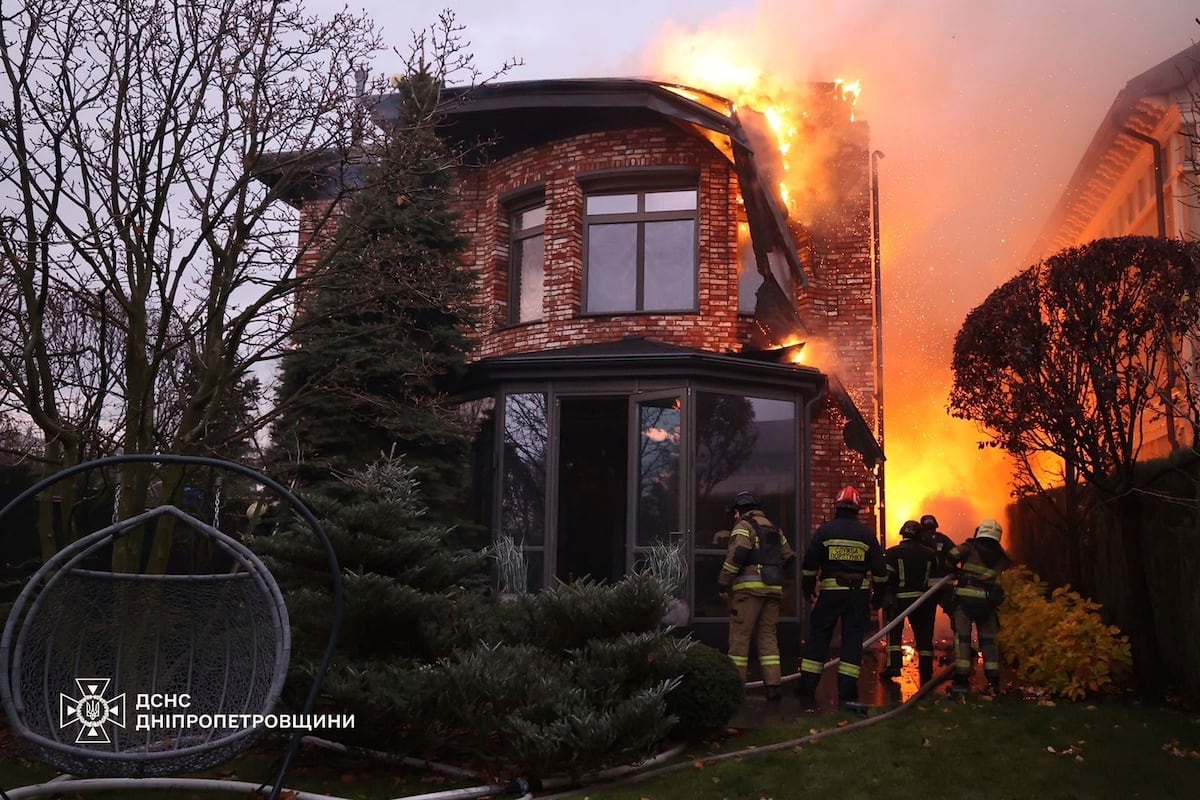Possible alternatives to a manned 6th-generation combat jet include a more affordable, “F-35 follow- on” aircraft that could manage robot wingmen, the outgoing Air Force secretary said.
While the incoming administration will decide the fate of the Next Generation Air Dominance program, which was paused last year due to soaring cost projections, Frank Kendall said on Monday that recent analysis has highlighted the “value” in pursuing a crewed 6th-gen jet.
“At the end of the day, the consensus…was largely that there is value in going ahead with this, and there’s some industrial base reasons to go ahead, but there are other priorities that we really need to fund first,” Kendall said during a Center for Strategic & International Studies event.
If the service doesn’t pursue its original plan for NGAD, one alternative is an “F-35 follow-on” that would be less expensive and would act as a manager for collaborative combat aircraft, Kendall said.
Another option to address some of the same mission areas is to focus more on long-range strike, like next-gen cruise missiles, which is “something we could do in any event” that’s “relatively inexpensive, and probably makes some sense to do more that way,” he said.
The service could also just keep buying the 5th-generation F-35 and go all-in on drones—an idea Kendall said he wouldn’t do “personally.”
Whether the Trump administration simply continues with the original plan or not, Kendall said, “there are a couple of really reasonable options on the table that the next administration is going to want to have to take a look at.”
As he prepares to hand over the reins, the outgoing secretary published his departing vision for where he believes the Air Force and Space Force need to be in the next 25 years, a report titled “The Department of the Air Force in 2050.”
The services’ missions won’t fundamentally change, Kendall said, but both will need to transform.
The Air Force of 2050 will need to continue to prioritize its legs of the nuclear triad—the B-21 stealth bomber and Sentinel ICBM—the report says, and must shift from short-range fighters to longer-range strike platforms. The service also must field survivable stand-in systems like collaborative combat aircraft, and mobility and refueling aircraft.
Kendall emphasized the massive role autonomy and unmanned aircraft will play in the future Air Force, arguing that victory or defeat will be determined by which side has the most advanced AI technology.
“We are evolving toward a remote-control war which, by 2050, may be a reality. Success in this type of conflict will require a blend of advanced sensors, other information sources, secure communications, and state-of-the-art AI to support decision making,” the report said.
For the Space Force, Kendall said a “major and transformative investment” is required since space will be the “decisive domain” for almost all military operations. There are currently about 10,000 Guardians, but by 2050, the Space Force will be “multiples of this number.”
Specifically, the service needs to “expand substantially” its counterspace weapons and field a mix of weapons based on Earth and in space, according to the report. Other recommended areas of growth for the Space Force include fielding automated space domain awareness systems to track adversary space systems, delivering space-based surveillance and targeting information to the entire joint force, and continuing to field resilient missile warning and tracking systems, since missiles will remain the “preferred weapon for kinetic attack” through 2050, the report said.
Dissing DOGE
The department is planning for its future force structure even as a new administration—which promises to cut “waste” and increase “government efficiency”—is days from taking over at the Pentagon. But the outgoing Air Force secretary cautioned that many of the regulations and red tape the Pentagon has to deal with are required by Congress. And being able to run an efficient business isn’t the same as running an efficient government, Kendall said, in an apparent reference to DOGE co-leader Elon Musk, who has been lauded for his successful companies.
“I think it’s fruitful ground to plow, but you’ve got to do it professionally. You’ve got to do it with a deep understanding of what you’re actually trying to do and what the situation is that you’re dealing with,” Kendall said.
Leaders of efficiency efforts will quickly realize just how hard it is to cut Pentagon procurement—especially when the programs benefit multiple congressional districts, Kendall said. For example, he said, Congress continues to buy C-130s even though the service has “enough.”
Read the full article here








Leave a Reply